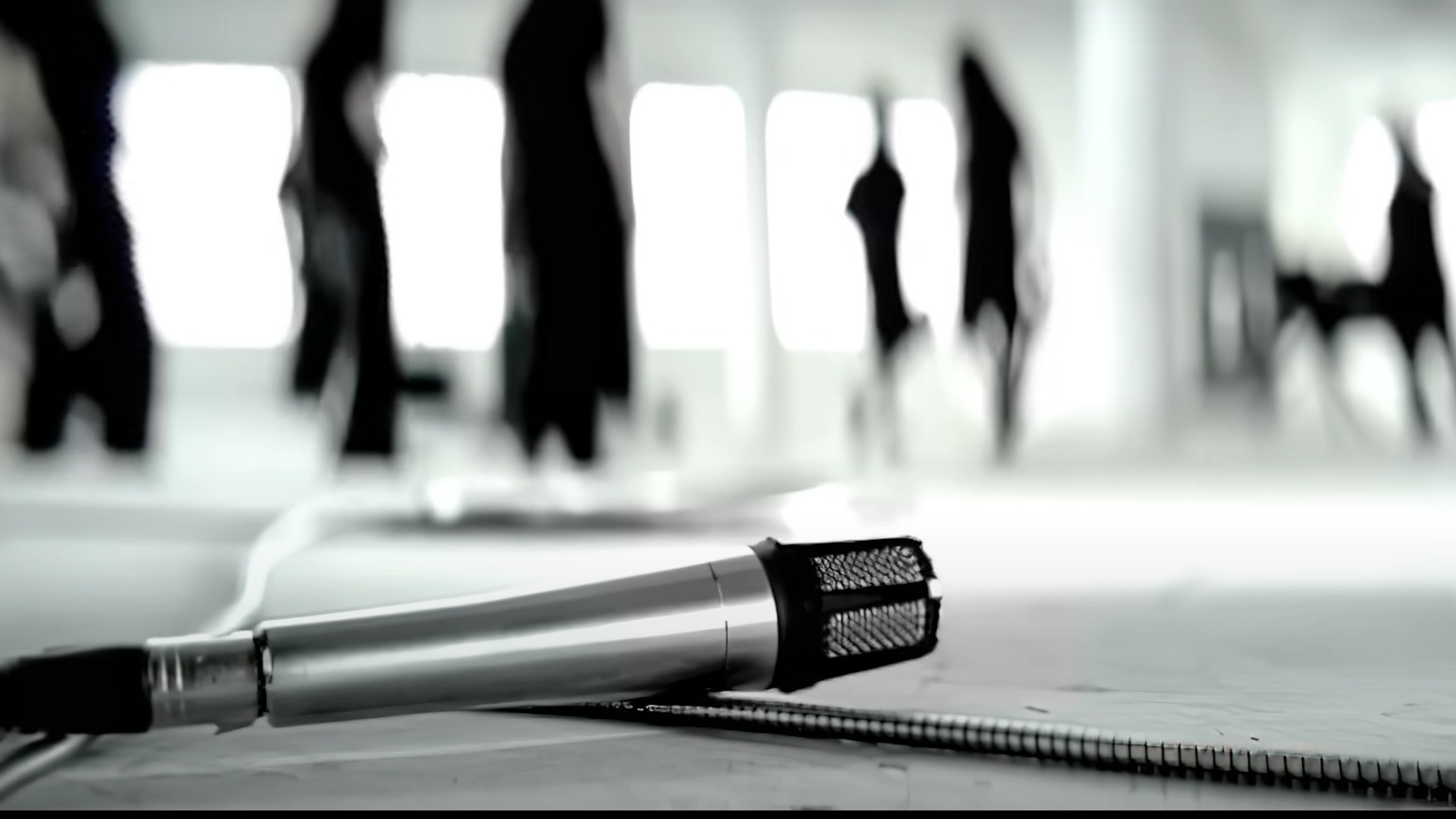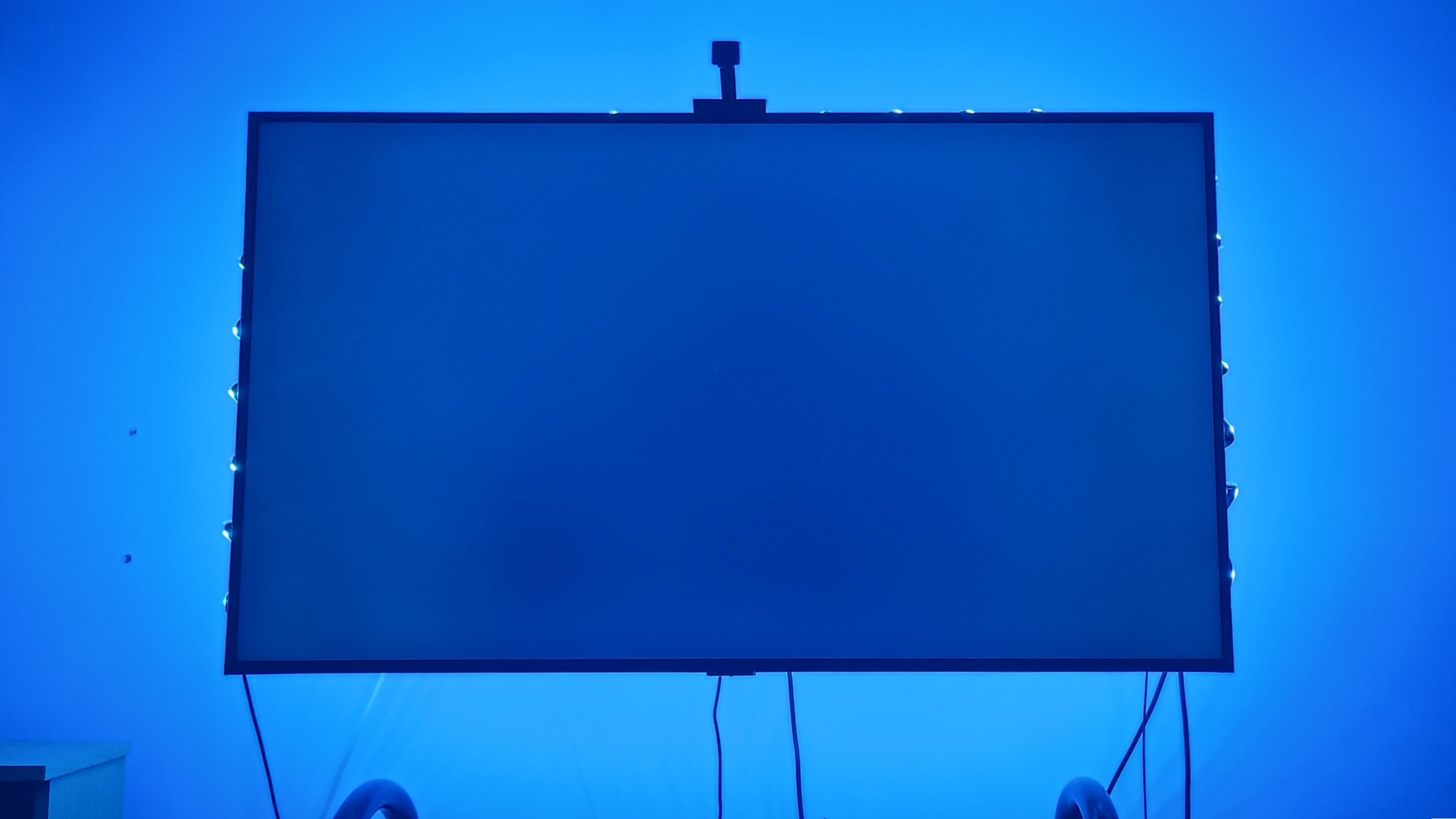Want to push your hi-fi system to the limit? This heavy metal track is the final boss of testing
An unforgettable test track

Let me be clear: there’s nothing ridiculous about using Slipknot for testing your hi-fi. We’ve recommended the mask wearing, boiler-suit loving nonet before, both in our rundown of the best rock and metal songs to test your speakers and on one of our recent Now Playing rundowns of the test tracks gracing our review rooms each month.
Let’s also head off any accusations that ear bleeding metal is the only genre that I personally find worthy of your hi-fi’s attention. System of a Down notwithstanding, I’ve enthused about the heartfelt melancholy of Tom Waits’ Martha, the piratical abandon of Hans Zimmer’s Pirates of the Caribbean soundtrack, and, of course, my deep affection for Björk's magnum opus, Homogenic.
What fantastic, and eclectic, taste I have!
But we’re back in head banging territory here, admittedly, and it was in my car waiting at a pair of lights that this particular lightbulb went off in my head: "Wow, this is epic," I thought.
Spit it Out and Left Behind have both been singled out for praise by our esteemed publication in the past, and now it’s the turn of another track to have its moment in the test room sun. What are we, a Slipknot fan publication?
No, of course not. Sitting in my car at the aforementioned traffic lights, however, my Tidal playlist spewed up the tenth track from the group’s well-received 2004 release Vol. 3: (The Subliminal Verses). Before I Forget came on and, rather appropriately (or ironically), I was reminded of what a remarkable test track it is.
It’s the drumming that grabs you from the outset. The late Joey Jordison was a genuine powerhouse, opting for crisply outlined dual-pedal passages that blend extraordinary speed with breathtaking control.
The latest hi-fi, home cinema and tech news, reviews, buying advice and deals, direct to your inbox.
People, often wrongly, think of heavy bands as indulging in musical slop that only prioritises loudness, but when you’ve got nine, yes nine, members of your outfit, you simply can’t afford to have members who aren’t pulling their weight. Sloppy technique leads to a mess when you’re dealing with a quartet – when there’s nine of you, the results would be unlistenable.
Jordison's work at the beginning of Before I Forget is remarkable, comprising stop-start sequential passages which are hammered out with military precision and deliver the intro's thundering underpinnings.
That stop-start effect is key – the silence marking out the end of each passage is as important to the effect as the drumming itself.
With poor systems, Jordison’s pedal work will be a bubbling blur – with a good one, every kick will land with precision, while the end of each phrase will be perfectly and organically delineated.
This is challenging stuff, and getting that blend of sharpness and authenticity will be a challenge for all but the finest setups.
On top of the drums are layered, deep bass notes and fuzzy guitar stabs which essentially mirror the general pattern of the drum pattern beneath. Corey Taylor's vocals kick in just after the twenty-second mark, and it's vital that there's a rich, melodic aspect to his voice to go along with his roar's superficial coarseness.
Taylor is a singer as well as a screamer, with poor reproductions making him sound like one or the other, or neither at all. If he just comes across like an angry man shouting in a hurricane, then sorry, that's not good enough.
While Taylor roars his guts out (melodically, of course), it’s also imperative that the rest of the ensemble doesn’t fade completely into the background. What we want here, to channel our inner Thanos, is balance.
You want a set of speakers, say, that have the organisational ability to make the integration of vocals and backing instruments sound natural and unforced – too separate, and Taylor sounds like he’s singing in the wrong band. Too mashed together, and his voice just gets lost amidst the turned-up-to-eleven guitars.

While it’s easy to delve deep into what makes a great song actually sound great, it’s just as helpful to identify where a poor performer may be making its mistakes. Whatever the genre, if you’re not getting that reaction you crave – crying at Neil Young, chilled out by Jack Johnson – there are usually a couple of places to look first.
With something this anthemic, you’ll want sufficient attack to give you those heady bumps of adrenaline. The meaty punches of the chorus will naturally want to land with force and authority, but a track like Before I Forget needs a propulsive, kinetic energy to sustain its effect throughout the four-minute runtime.
If a system or set of headphones lacks those key elements, the whole thing can end up sounding removed or lacking in urgency, a cardinal sin for heavy music.
What if it all sounds a bit flat? Well, then you’ve got a problem, and it probably lies somewhere with your system’s handling of dynamics.
From a low-level perspective, it’s the subtle distinctions in how the instruments are actually played that a good setup will be able to bring out fully. Full-range dynamic shifts – the transition from the softer breakdown back into the final chorus, just before the three-minute mark, is a good example – should be big and bold without sounding overly forced.
This doesn't just apply to headphones and hi-fi, either. If you really want to push the capabilities of, say, a Bluetooth speaker, Slipknot's music can be a great 'final boss' level to really see where a test subject's capabilities clock out.
Start off your testing with something gentle and acoustic, but if you want to see if your new JBL can hold it together when pushed to the limit, unleash the masked moshers and see what's what.
You're not asking for perfection, just a cohesive, well-balanced rendition that confidently brings out the music's core essence. It's tough, but we've heard it done before.
Before I Forget really is a challenge, and it's not the track you use merely to warm up your chosen test subject. There's so much going on here, from the sheer density of the track to the technical proficiency on display, that you're going to be pushing a given product to its limits.
If you're not sure where to start, you can perform a far simpler test to ease you into your assessment: are you instinctively trying to replicate those opening drum passages with both feet? Yes? Ding! That's a good sign. No? Well, then there are two likely culprits. Either your gear isn’t up to snuff or, well, this really isn’t your kind of music.
Maybe dig out some Taylor Swift instead.
MORE:
6 test tracks we've been playing in the What Hi-Fi? listening rooms this month
6 of the best genre-swerving tracks to test your hi-fi system
I tried Lorde’s transparent CD in 7 different disc players – but did it play on any of them?

Harry McKerrell is a senior staff writer at What Hi-Fi?. During his time at the publication, he has written countless news stories alongside features, advice and reviews of products ranging from floorstanding speakers and music streamers to over-ear headphones, wireless earbuds and portable DACs. He has covered launches from hi-fi and consumer tech brands, and major industry events including IFA, High End Munich and, of course, the Bristol Hi-Fi Show. When not at work he can be found playing hockey, practising the piano or trying to pet strangers' dogs.
You must confirm your public display name before commenting
Please logout and then login again, you will then be prompted to enter your display name.
